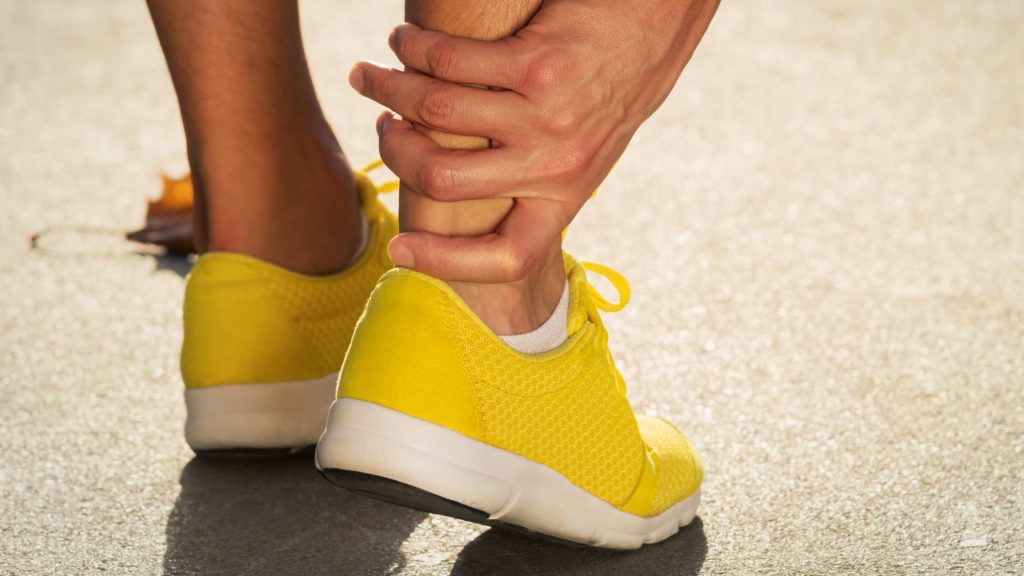The Great Saphenous Vein
The great saphenous vein (GSV) is a superficial vein of the lower limb with great importance. It is the longest vein in your body presenting about 10–20 valves between your foot and your thigh. The leg’s GSV receives numerous communications with the deep veins at different parts of lower limb throughout its extent, except above mid-thigh level. As all veins return blood from the rest of your body to your heart, so the blood can be recirculated, the GSV is the choice of a vessel due to its rich content of muscular and elastic fibers in its wall. In contrast to other veins, it is in a readily accessible location if you were to ever to need something as serious as a coronary arterial bypass.
The purpose of this content is to bring awareness to behavioral risk and social determinates that may pose a threat to your Leg’s great saphenous vein GSV and to address how you can treat and prevent GSV forthcoming.
Are you at risk?
More than 3 million US cases of Varicose Veins occur per year. The GSV or its tributaries are most frequently affected by varicosity. This information may be valuable as lifetime prevalence of varicose veins estimate that approximately 3–6% of people who have varicose veins in their lifetime will develop venous ulcers.
Risk factors for developing varicose veins are associated with sex, age, obesity, family history and often develop in women during pregnancy. If your perception is unaffected by the cosmetic effects of varicose veins such as lipodermatosclerosis then this may not bother you. On the other hand, symptomatic issues may be very painful and uncomfortable:
- Itching
- Bleeding and Clotting
- Loss of subcutaneous tissue
If varicose veins go untreated over time they could also result in premature thrombophlebitis or venous ulcerations.
Signs Pain and Symptoms to look for
- Purple or Blue colors in the veins of your legs
- Twisted or bulging appearances in your veins
- Itching or burning around one or more veins
- Heaviness or achiness in the legs
Treatment Venous ultrasonography allows sonographers and other diagnostic practitioners the ability to safely harvest the Leg’s GSV with surgery. If you are concerned about the color or experiencing symptomatic issues with your legs, contact your doctor for an appointment.
Lipodermatosclerosis Compression Therapy compression bandaging or graduated compression hosiery is an integral part of the management of complications that can occur through the Leg’s great saphenous vein GSV: varicose veins, Stasis dermatitis and/or venous ulcerations; both as an active treatment for healing of ulcers and in preventing recurrences of ulcers.
Prevention Methods
Here are some actions you can take to prevent threats to your leg’s GSV
- Increase your physical activity: exercise increases blood flow and recirculation strengthening the heart and the veins. For innovative techniques look to
- Balancing your BMI: maintaining a healthy weight will mobilize your ability to prevent varicose veins and lipodermatosclerosis
- Nutrition Intake: Eating high fiber and low salt diets aid in increasing blood flow
- Opting for comfortable shoes and breathable hosiery protects from diagnosis and aids in the management of varicose veins
- Lift your legs to height positions to promote blood flow and recirculation through the entire body
- Switch between sitting or standing as often as possible as it strengthens the ability of the heart to pump blood back to the leg’s GSV

